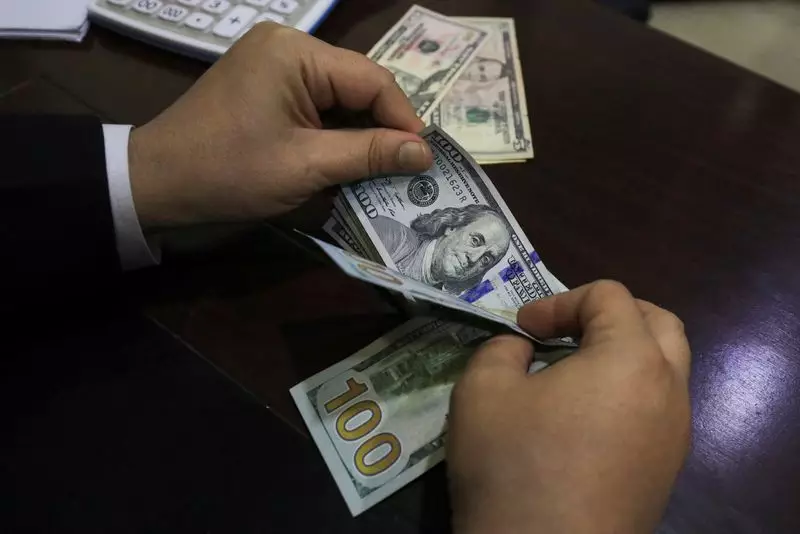The financial world constantly adapts to new developments, with currency values oftentimes serving as a litmus test for broader economic sentiment. Recent movements in the U.S. dollar, particularly in relation to other major currencies, illustrate the tension between political rhetoric and market realities. Navigating these fluctuations requires a keen understanding of the underlying factors that drive currency exchange rates.
As the global economy shifts, speculation surrounding political figures significantly affects foreign exchange markets. Recently, U.S. President-elect Donald Trump’s approach to tariffs has been scrutinized. Initially, his administration’s proposals suggested sweeping tariffs across various sectors. However, reports surfaced suggesting that these tariffs might be mitigated, targeting only industries deemed critical for national security and economic stability. This paradigm shift, highlighted in a Washington Post article, cast a shadow over the dollar, prompting traders to reassess their positions and expectations regarding the currency’s future performance.
The dollar’s vulnerability was evident as traders reacted, pushing it down against the euro and the pound. Notably, the U.S. dollar index saw a sharp decline, reflecting this sentiment. Analysts interpreted this fluctuation as a signal of wariness among investors about Trump’s ability to maintain his initial proposals amidst negotiation pressures. Such moves expose how political developments can instantaneously influence market dynamics, underlying the fragile intertwining of economics and politics.
In the aftermath of the Washington Post’s report, Trump took to social media, attempting to quell market anxieties by denying the suggested tariff adjustments. This immediate response demonstrated the precarious nature of investor confidence. Following his denial, the dollar managed to regain some footing, edging upwards and signaling a volatile yet uncertain recovery within the foreign exchange market.
However, the underlying narrative reveals a cautious outlook among traders. Chris Weston from Pepperstone highlighted that the initial ambitious tariff plans were likely unattainable in their original form, a stance that many investors already viewed as a possibility. This sentiment of skepticism underscores the broader implications of leadership decisions, especially as the economy braces itself for the outcomes of extensive fiscal measures, regulatory changes, and trade negotiations.
The eurozone has consistently found itself in the crosshairs of Trump’s tariff threats, showcasing how international economic relationships can shift with political tides. Not surprisingly, the euro experienced slight downward pressure, adjusting from a peak reached post-report. Similarly, the British pound exhibited a cautious trajectory that mirrored the challenges faced by the U.S. dollar amidst shifting political landscapes.
The predominance of U.S. Treasury yields in determining dollar strength cannot be overlooked. Elevated yields provide a counterbalance to currency depreciation, with the dollar gaining traction against the yen as yield rates increased. Furthermore, factors such as Canadian political developments, including impending leadership changes under Prime Minister Justin Trudeau’s governance, further compounded the complex dynamics affecting currencies.
While traditional currencies grapple with these uncertainties, cryptocurrencies such as Bitcoin have witnessed their own resurgence, climbing to notable heights. As skepticism surrounding fiat currencies rises, alternative assets often experience greater interest, suggesting a shift in how investors perceive value during turbulent times. This evolution illuminates a growing trend toward digital currencies as both a hedge and a speculative opportunity.
The fluctuations of Bitcoin, aligned with broader financial conditions, indicate a transition in investor focus from conventional currencies to alternative assets—prompting questions about the future viability of traditional economic measures.
The interplay between political maneuverings and currency fluctuations presents a complex landscape for traders and investors alike. As the markets continue to react to evolving economic narratives, analyzing these movements through a lens of critical inquiry becomes crucial. Continued volatility will likely characterize the financial environment in the coming months, requiring vigilance from all market participants as they strive to navigate the uncertainties brought forth by leadership changes and policy decisions. The situation emphasizes the importance of understanding the broader economic contexts that shape market behavior, enabling informed and strategic investment decisions.

